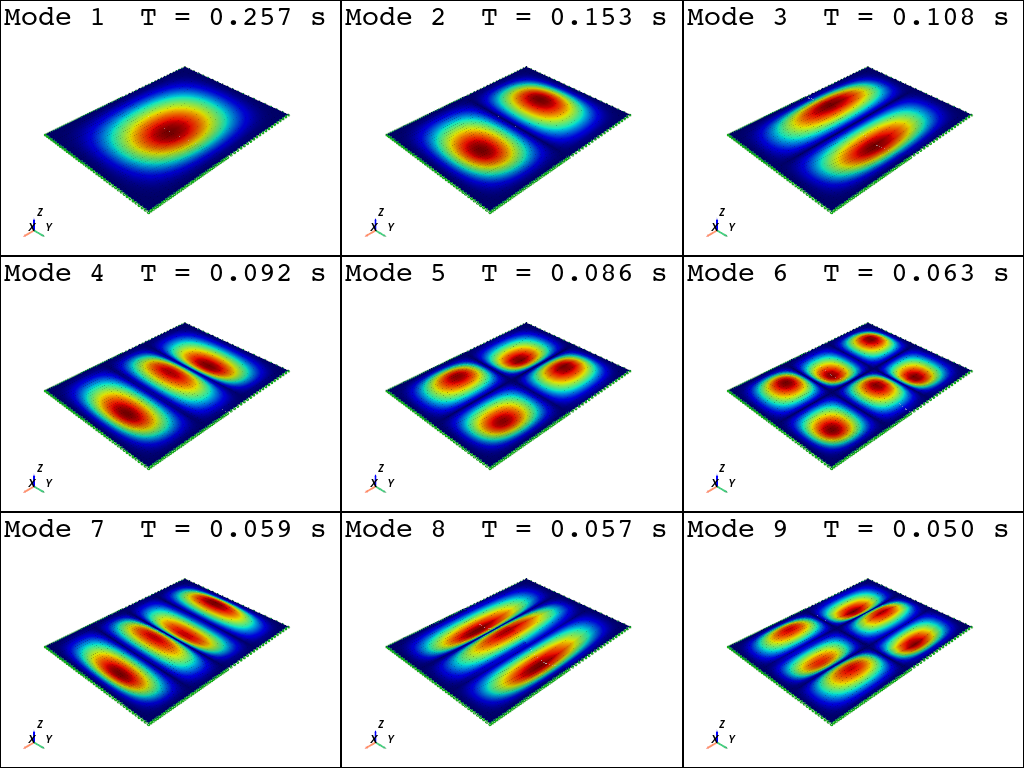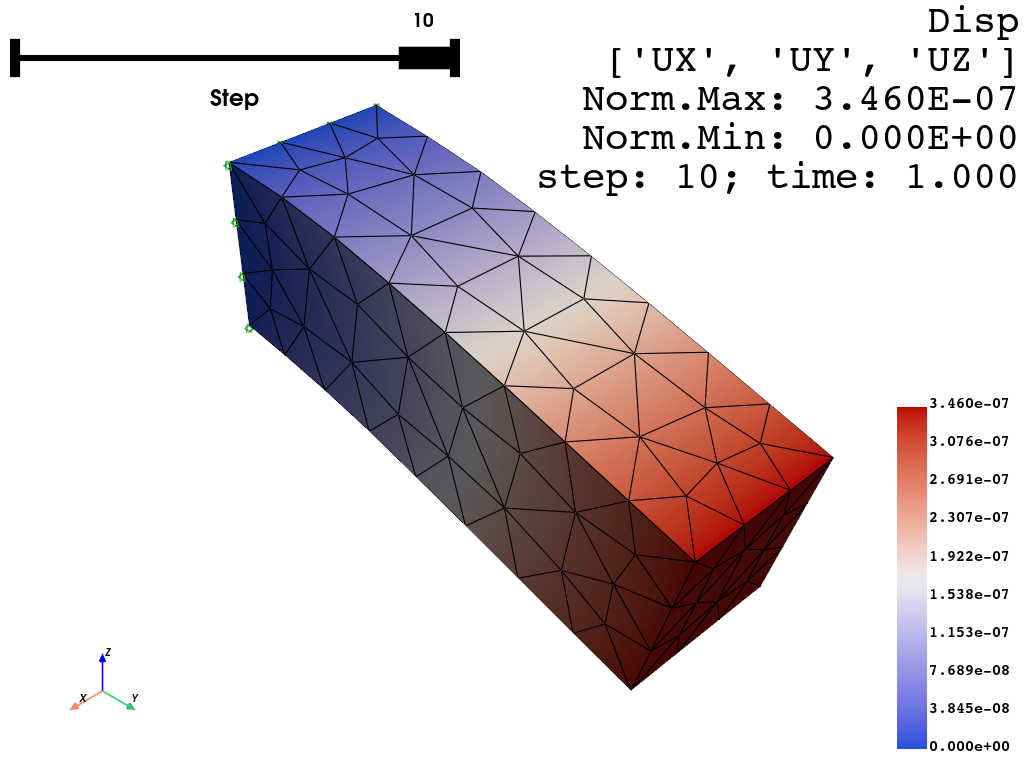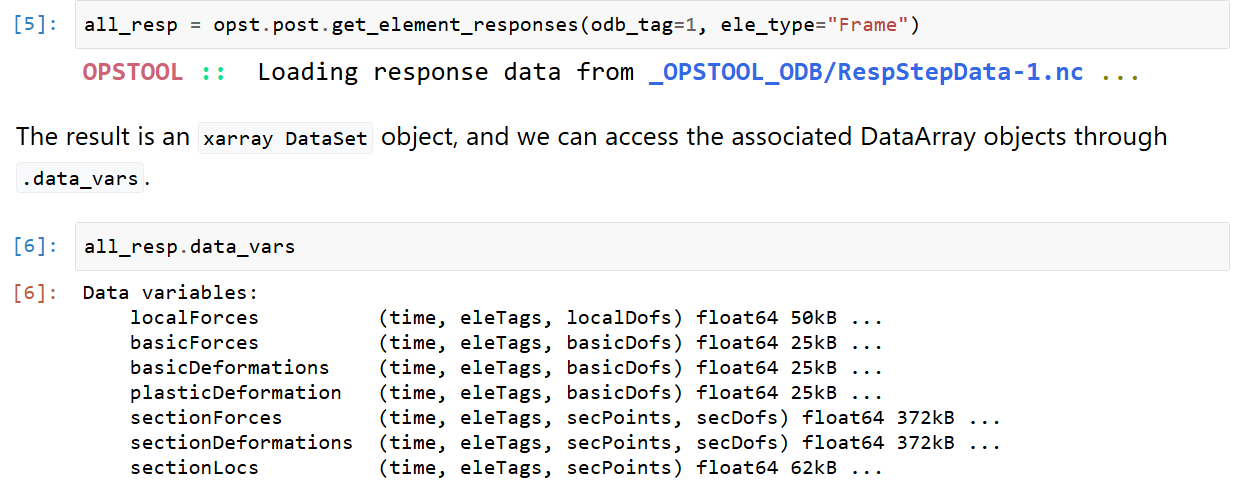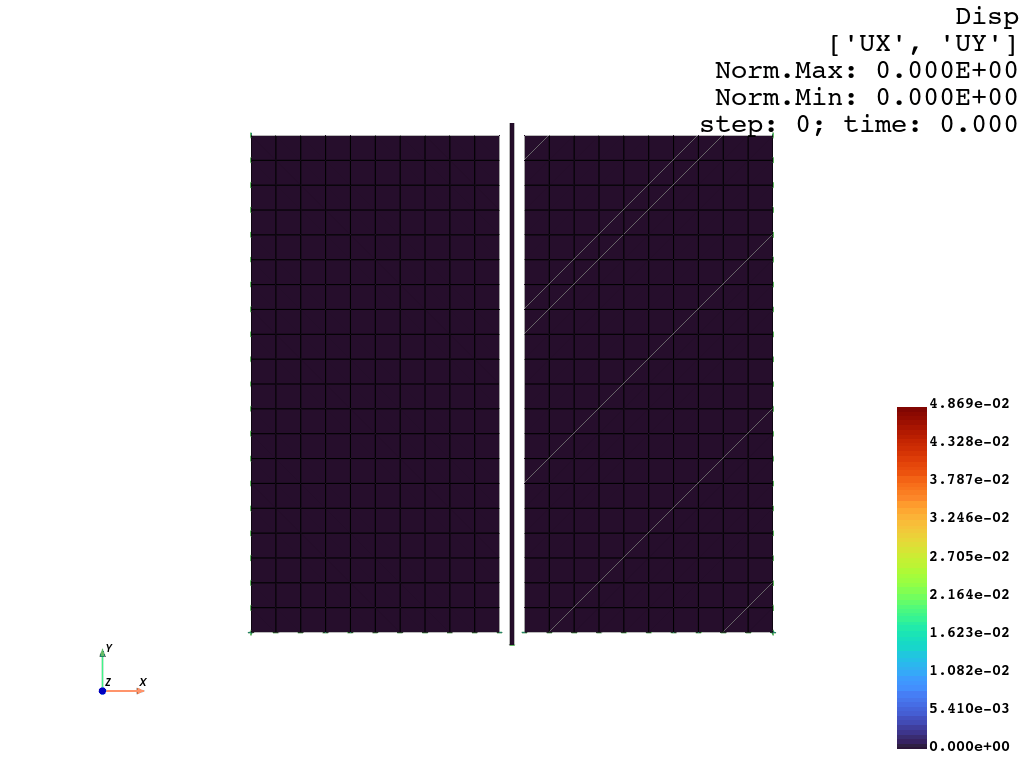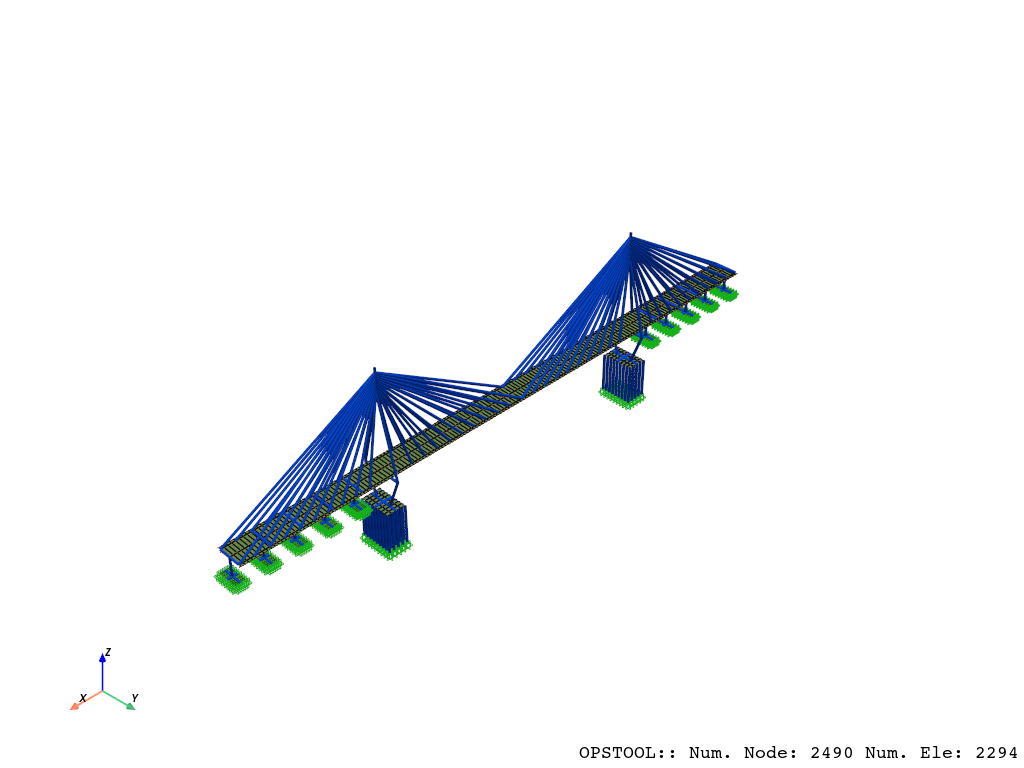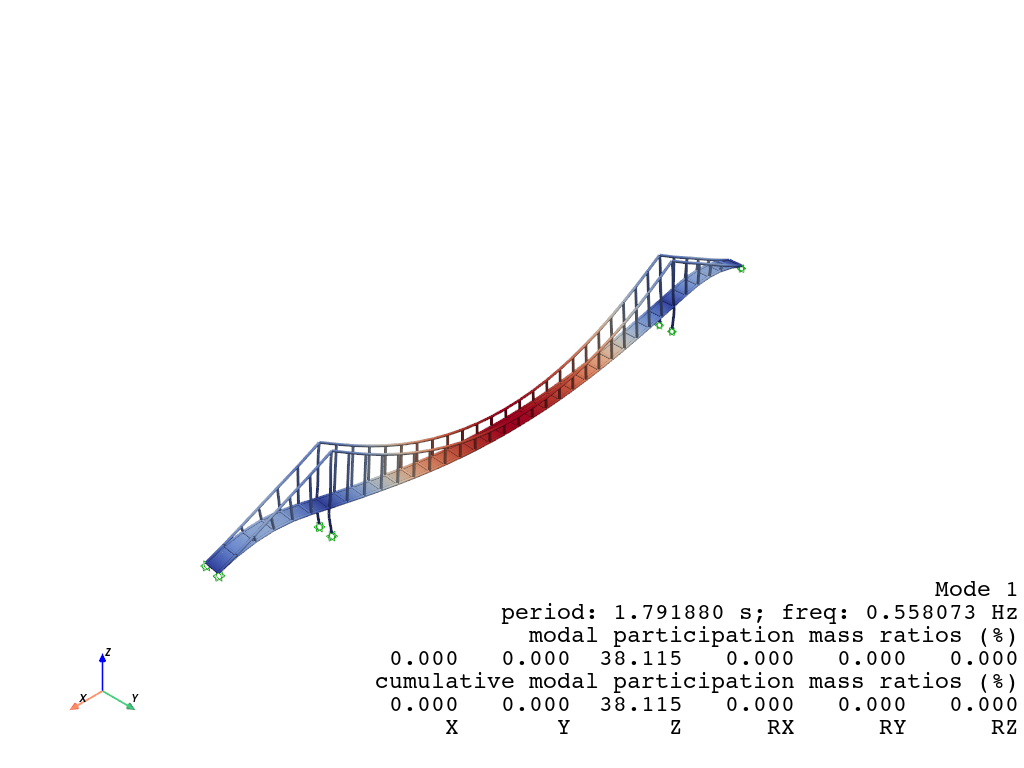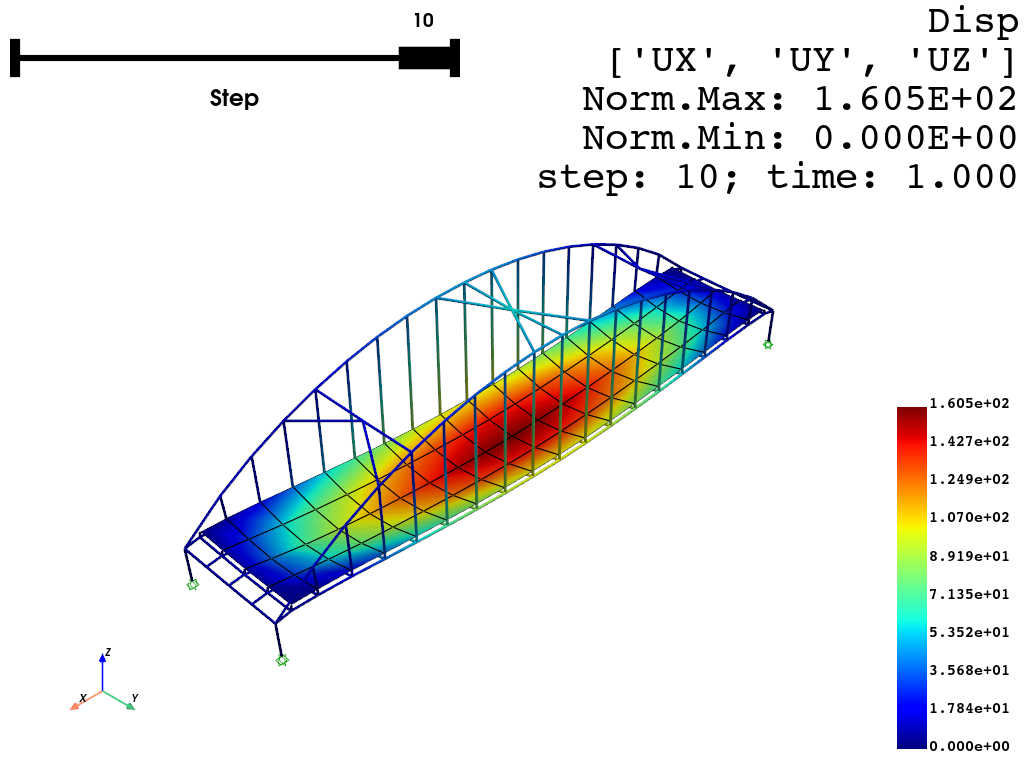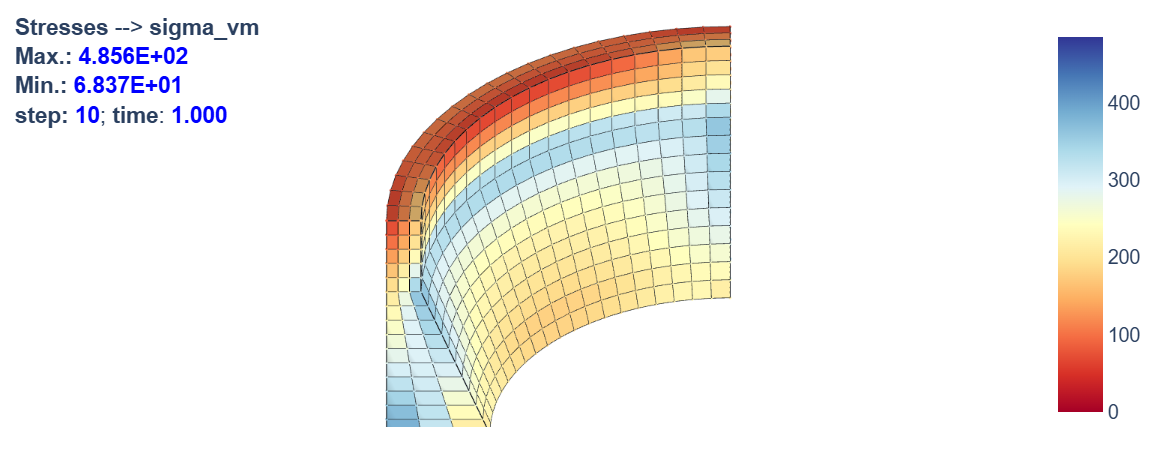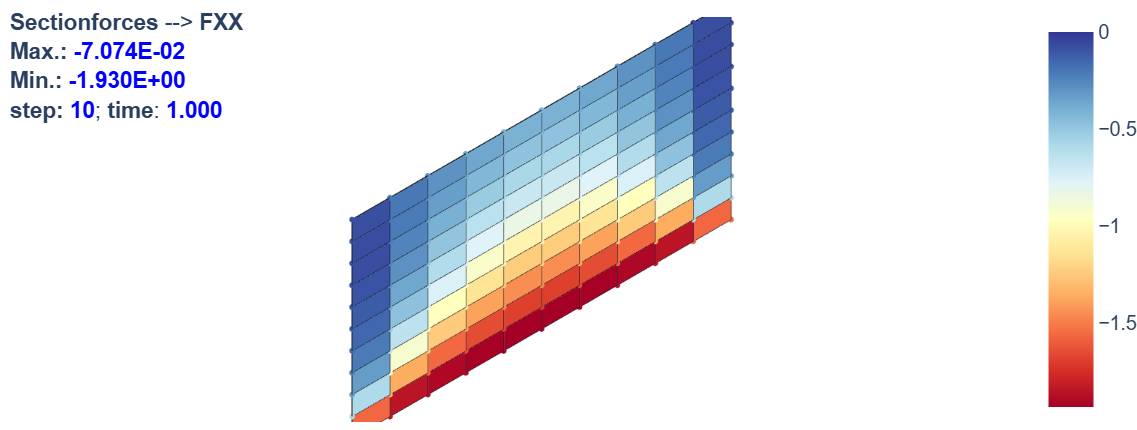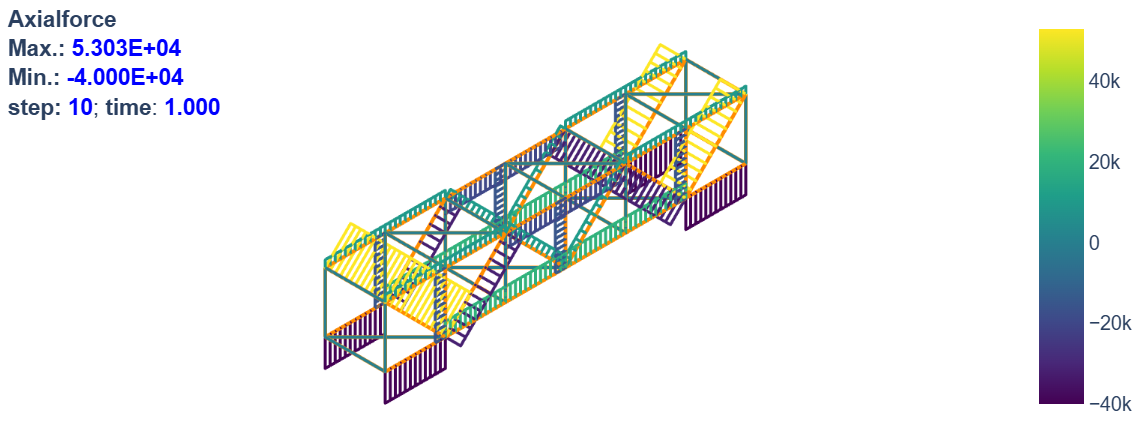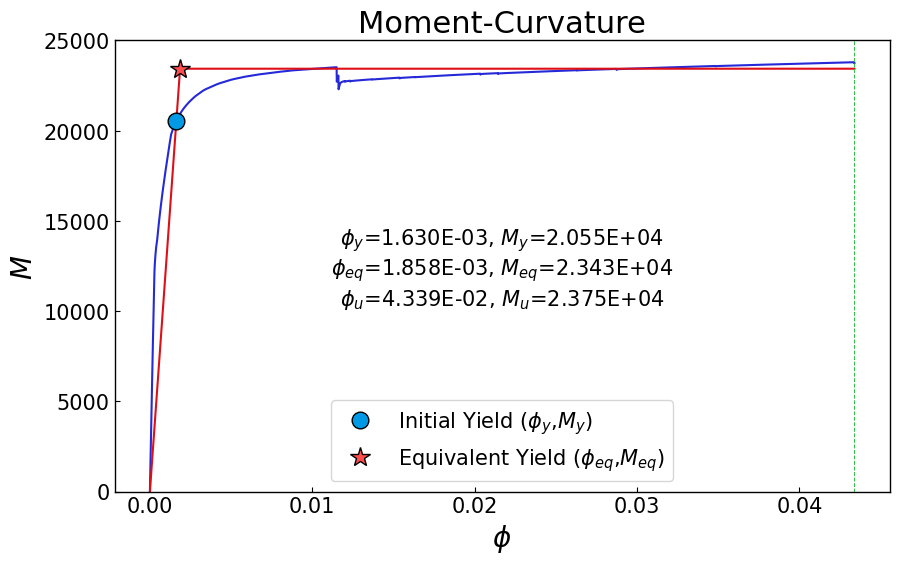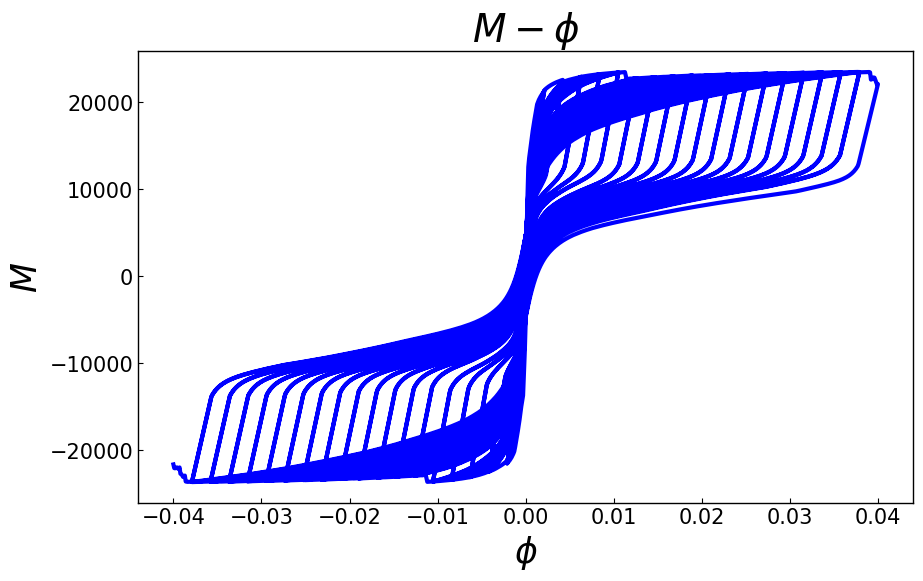Pre-Processing, Post-Processing, and Visualization Tailored for OpenSeesPy
opstool is a powerful and user-friendly package designed to simplify and enhance structural analysis workflows
with OpenSees and OpenSeesPy.
It provides advanced tools for preprocessing, postprocessing, and visualization, making structural
simulations more efficient and accessible.
The package is still under development.
To use, install opstool from opstool-PyPI:
pip install --upgrade opstoolThe restriction on the python version mainly depends on openseespy,
it is recommended that you use Anaconda to avoid library version incompatibilities.
Latest: See https://opstool.readthedocs.io/en/latest/.
Stable: See https://opstool.readthedocs.io/en/stable/
Tip
Since an opstool version v1.0.1, the API and features have undergone significant changes and upgrades. As a result, it feels more like a new library, and you should take some time to familiarize yourself with the new interface usage.
If you use opstool in your work, please cite the following publication:
Yexiang Yan, Yazhou Xie. "opstool: A Python library for OpenSeesPy analysis automation, streamlined pre- and post-processing, and enhanced data visualization," SoftwareX, 30, 102126, (2025). https://doi.org/10.1016/j.softx.2025.102126
- Preprocessing Tools:
- Fiber Section Meshing: Generate detailed fiber meshes for various geometries.
- GMSH Integration: Import and convert Gmsh models, including geometry, mesh, and physical groups.
- Unit System Management: Ensure consistency with automatic unit conversions.
- Mass Generation: Automate lumped mass calculations.
- Postprocessing Capabilities:
- Easy retrieval and interpretation of analysis results using xarray.
- Visualization:
- Intelligent Analysis:
- Efficiency: Streamlines complex workflows, reducing time spent on repetitive tasks.
- Flexibility: Provides nearly identical interfaces for different visualization engines.
- Accessibility: Makes advanced structural analysis tools like OpenSeesPy more approachable to users of all levels.
opstool is actively evolving, with continuous additions of new features planned for the future.
With opstool, you can focus on what matters most:
understanding and solving your structural engineering challenges.
Whether you are building models, visualizing results, or interpreting data,
opstool is your go-to solution for OpenSeesPy workflows.
This software is published under the GPLv3 license.







